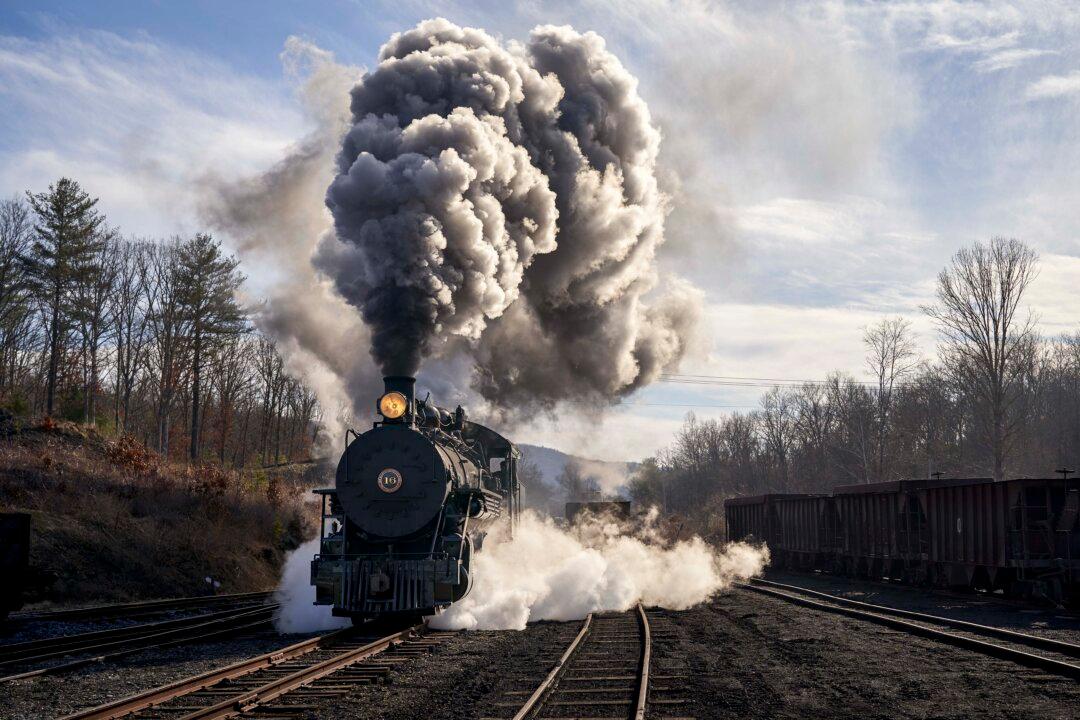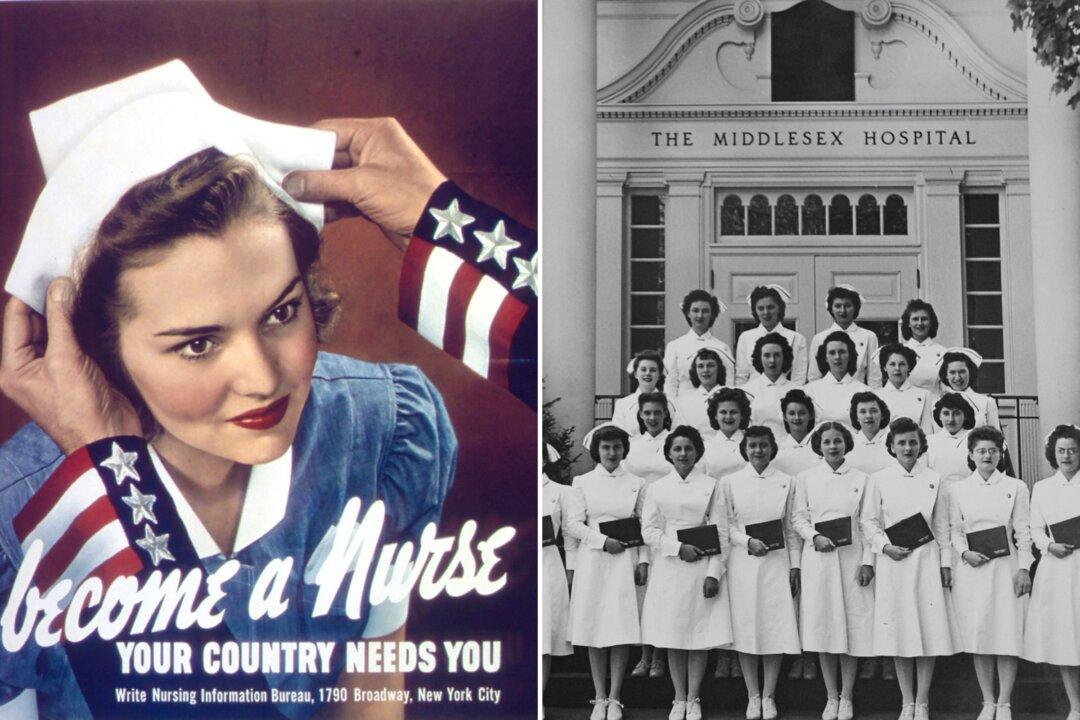The hiss of steam. The smell of coal smoke. The blaring of the horn. All are in the air again. The East Broad Top Railroad (EBT) is back on track.
In February, “Number 16” emerged from the repair shop after 67 years in mothballs, ready to resurrect the sights and sounds of narrow-gauge steam railroading. It’s one of six steam locomotives in the roundhouse of the Pennsylvania-based line, the only original narrow-gauge railroad now operating east of the Rocky Mountains.





